Arriving at the University of Guelph, Canada: Starting Postdoctoral Research
I never imagined that obtaining a work permit in Canada would take this long. After waiting for 13 weeks without receiving the permit, I decided to get it at the Port of Entry and just flew to Canada. Upon arriving at Toronto Pearson International Airport, I immediately went to the Immigrant Center and waited nearly two hours to receive the work permit. When my turn came, I explained to the immigration officer that I had applied for the work permit online, but it took too long, so I came to the Port of Entry for the visa. The officer asked a few questions and then issued the work permit on the spot. I immediately thought, “If I had known this would happen, I should have applied for the work permit at the Port of Entry from the beginning instead of online.”
By then, it was almost 11 PM, and public transportation from the airport to Guelph wasn’t very convenient, so I used an app called Lyft to take a taxi (actually a personal car). The great thing about the app is that when you input your destination, it shows several price options for different cars, so I could book the cheapest ride. Later, I learned that in Canada, Lyft is widely used alongside Uber. I traveled from Toronto airport to Guelph for $80. I arrived in Guelph late at night, quickly unpacked, and spent my first night there.
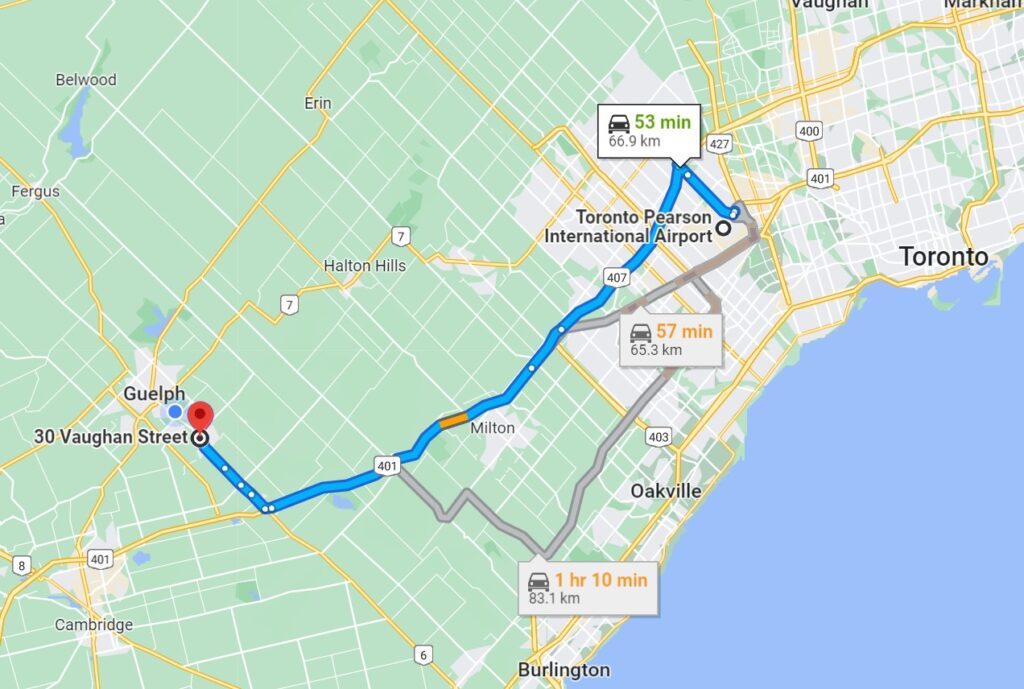

The next morning, I took a look around the neighborhood where I live. In Guelph, the area south of the river feels somewhat upscale, while the area to the north has more of a slum-like vibe. Additionally, housing prices in Ontario are nearly insane, and to rent a studio apartment for myself, I would need to pay around $1,500 to $1,800 per month.
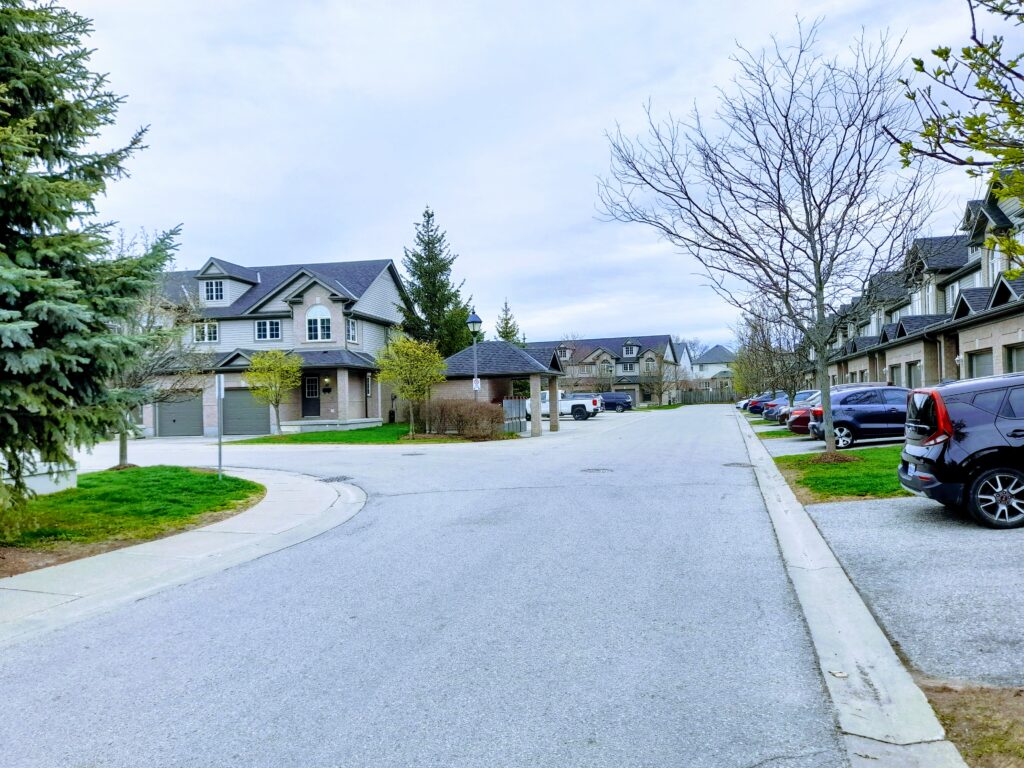
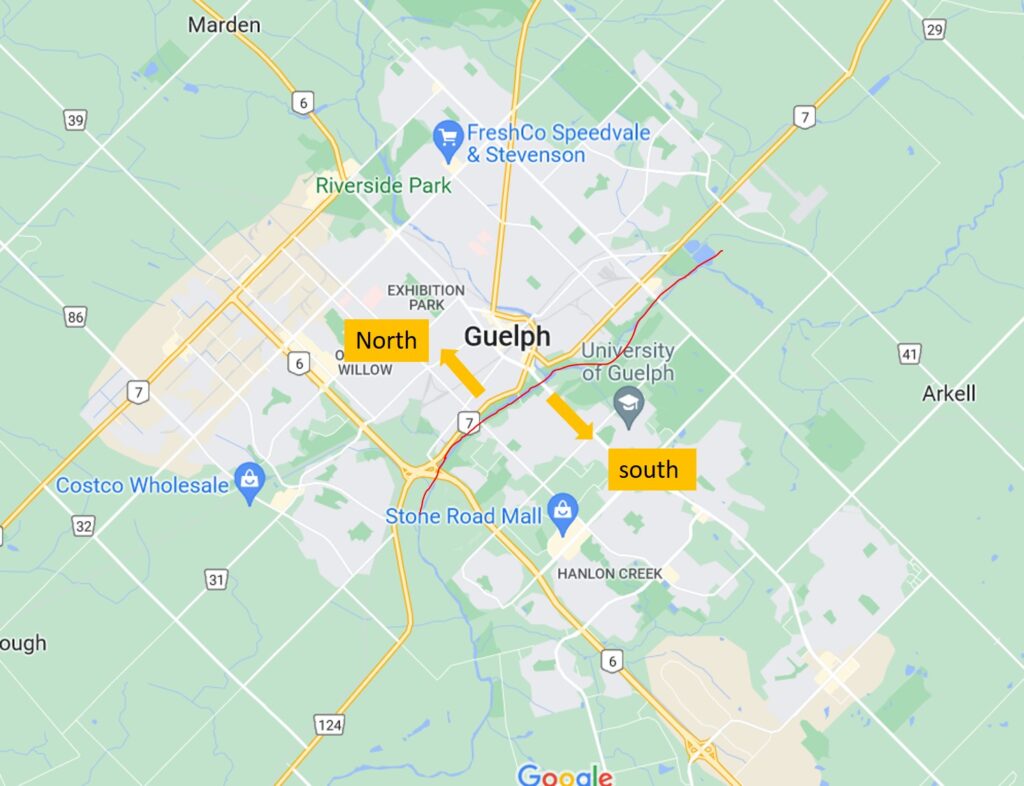
So, I decided to live in a shared house and chose a place south of the river, which has the advantage of being in a very peaceful and pleasant neighborhood. Even though I have to pay $750 a month for rent in a shared house with four people, I’m satisfied because the neighborhood is nice.

Sometimes, it’s enjoyable to sit quietly in the backyard and relax while taking in the view. If the neighborhood has a bit of a slum-like vibe, finding such relaxation outside seems like it would be difficult.

The day after arriving in Canada, I had a meeting and visited the University of Guelph, where I will be working. In front of the university entrance, there is a statue of a Gryphon. The Gryphon is the mascot of the University of Guelph and also the name of several of the university’s sports teams.
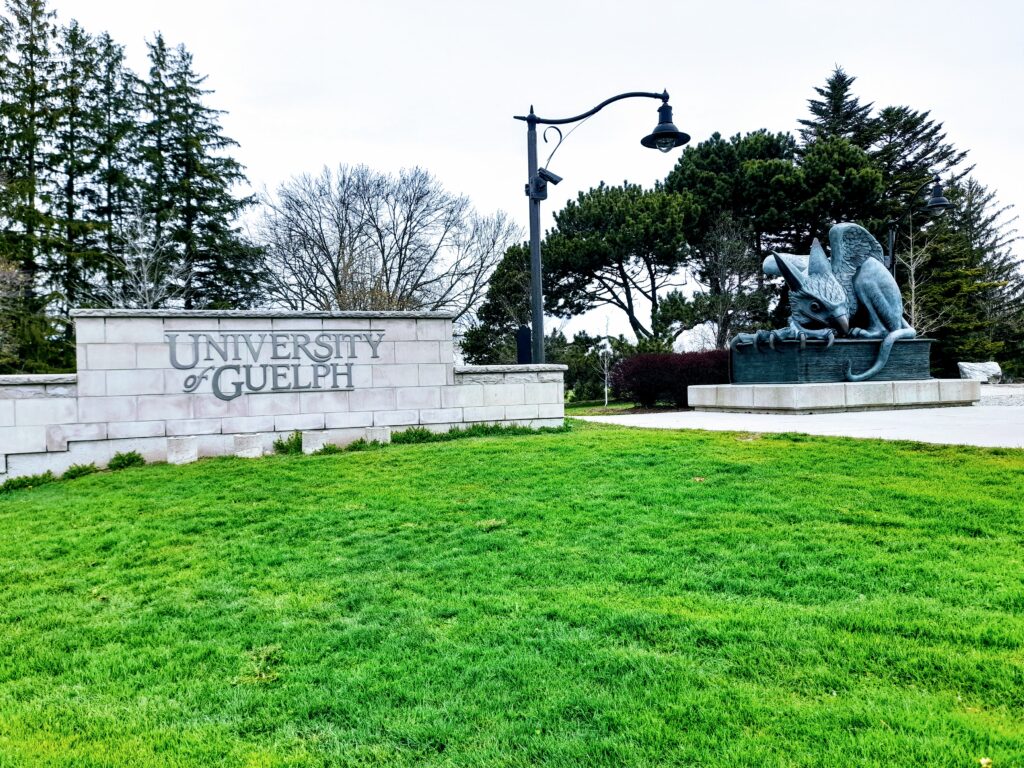
I then moved to the Crop Science building, where the Department of Plant Agriculture at the University of Guelph is located. Most of the agricultural research at the university takes place here.
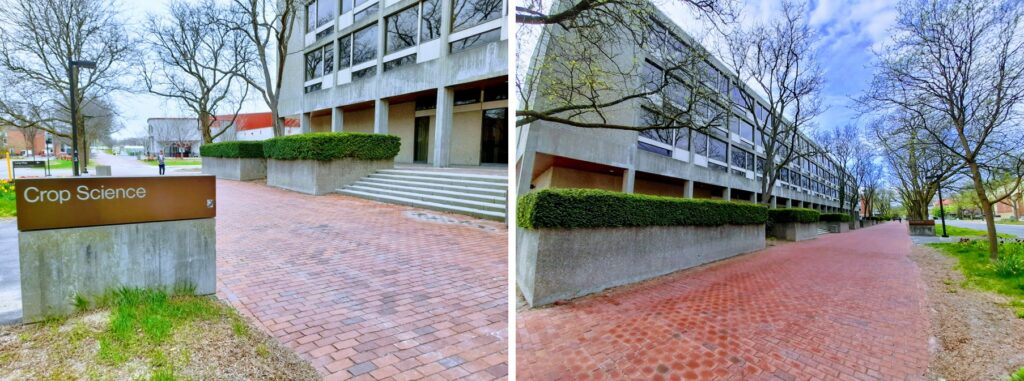
I met with the PI with whom I will be working and then moved to the Elora Research Farms, where we will be working together. This location is about a 20-minute drive from the University of Guelph and serves as the university’s crop research field management site. It is equipped with various facilities where researchers can conduct different activities after crop harvests.


I returned to the university and took a look around the campus. I really enjoy how peaceful the campus is.

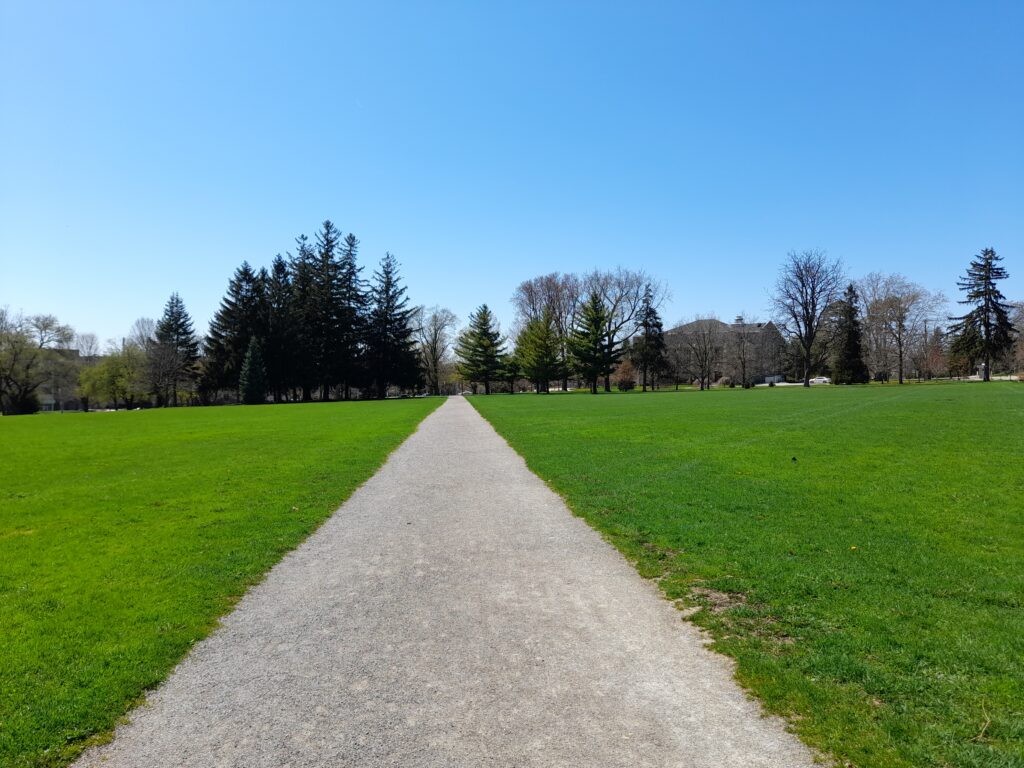
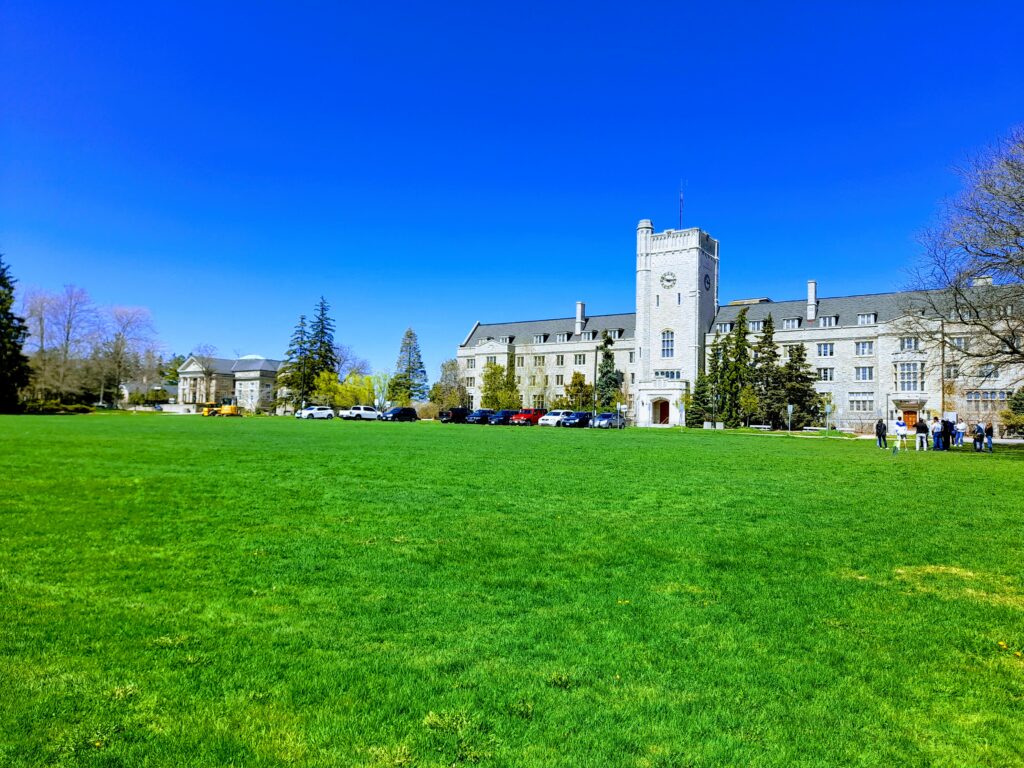
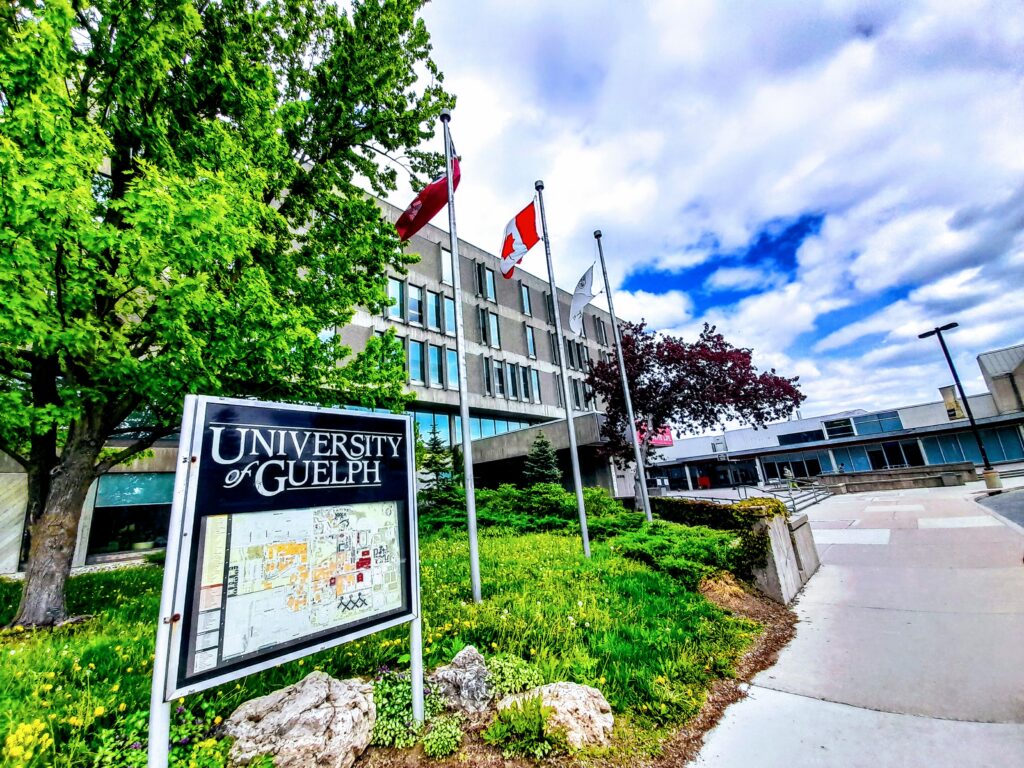
I moved to the McLaughlin Library, the university library. It seems to be the best-equipped university library I’ve visited so far. There are private study rooms, and each floor has sofas where you can relax comfortably. Above all, the facilities are incredibly clean, which makes it a place I really enjoy.
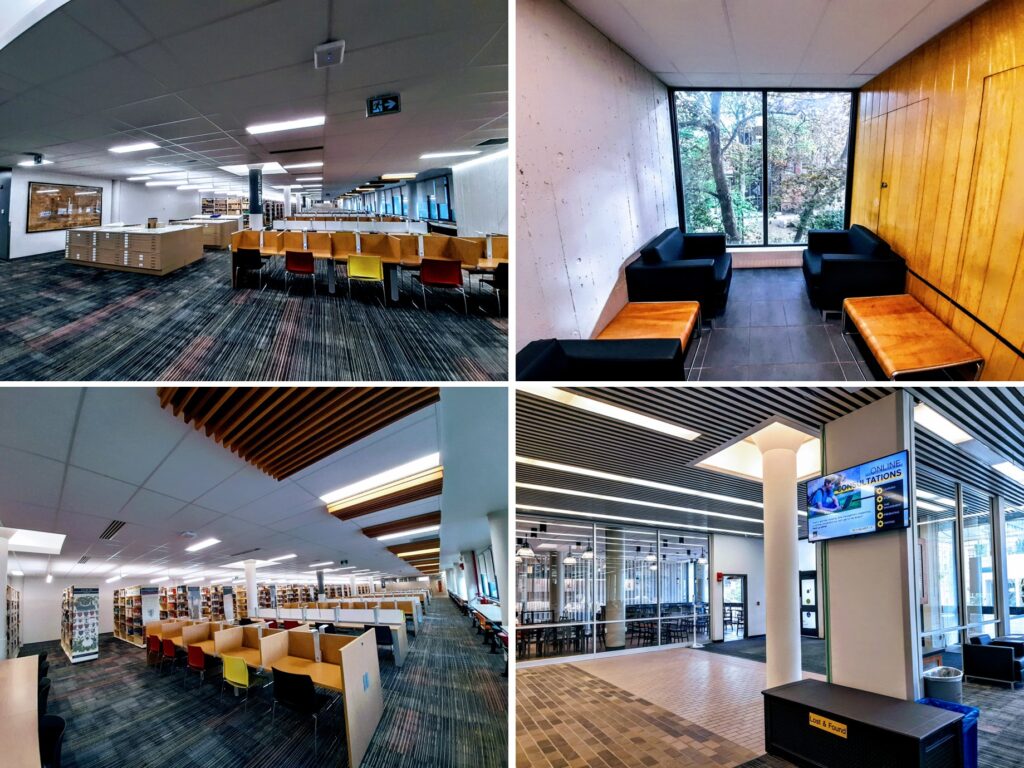
I went into the University Center, located next to the library. This is a place that gathers the university’s general amenities, and the campus dining hall is located here. There are many spaces where you can study individually, so it’s a building I personally really liked.
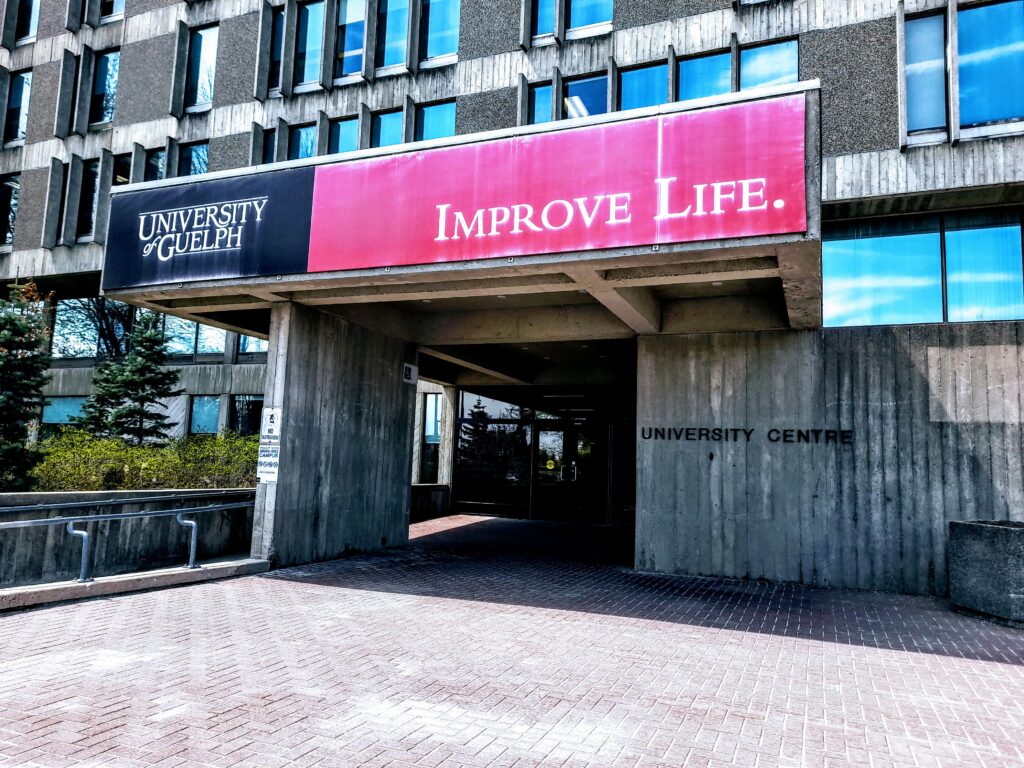


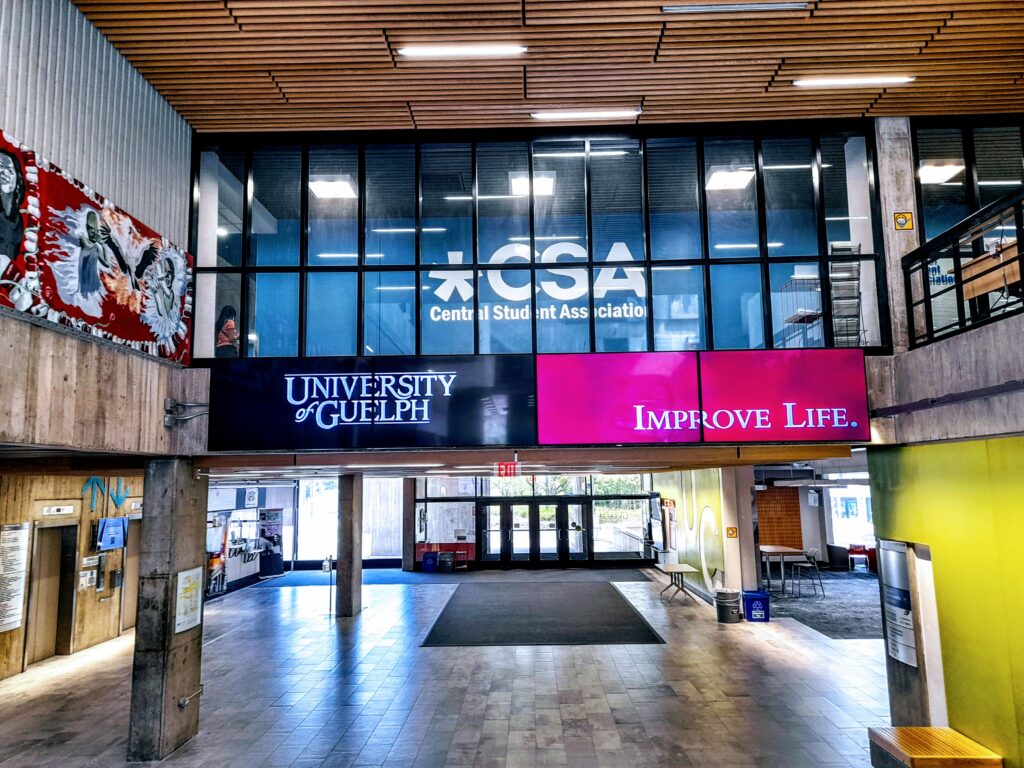
After finishing today’s meeting and campus tour, I wrapped up my second day in Guelph. There will be a lot of research to do moving forward, and my days will be busy, but crop physiology research is always a joy.
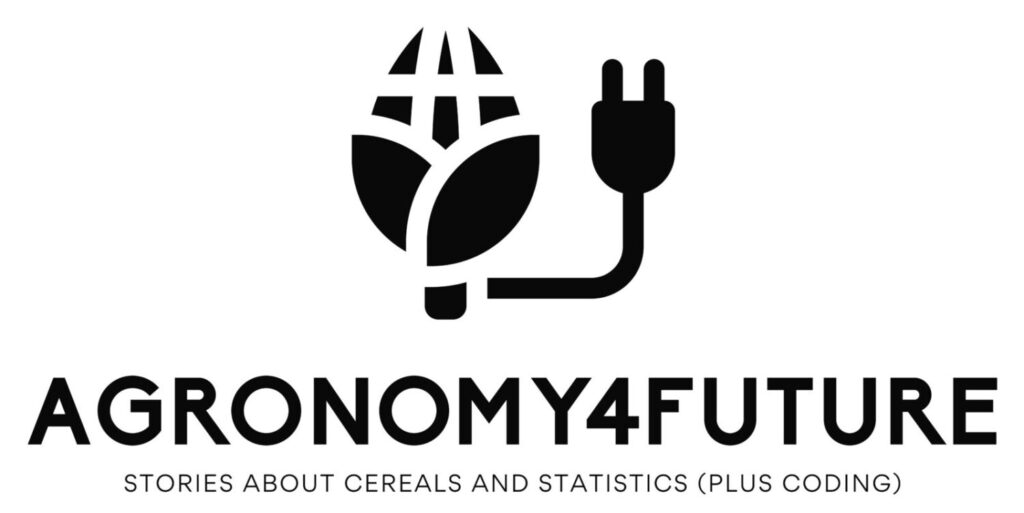
We aim to develop open-source code for agronomy ([email protected])
© 2022 – 2025 https://agronomy4future.com – All Rights Reserved.
Last Updated: 06/05/2022